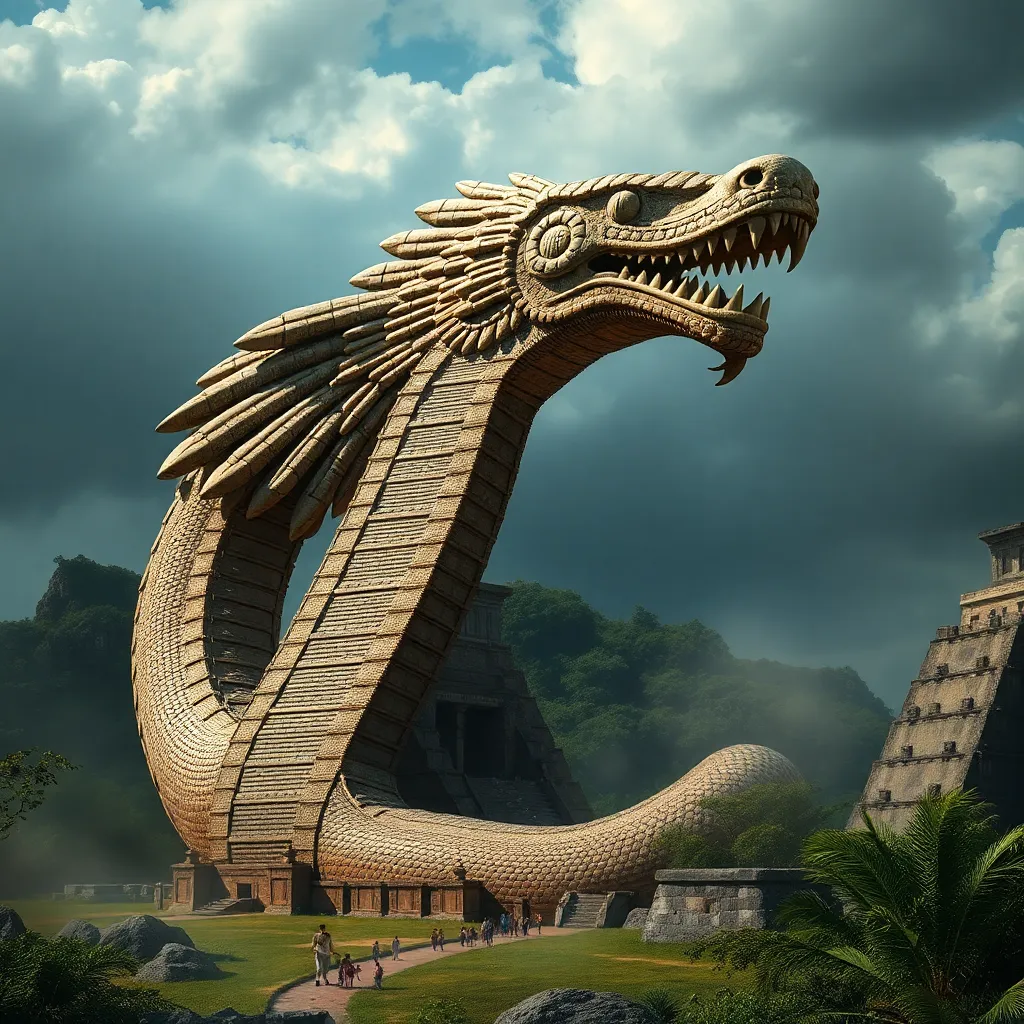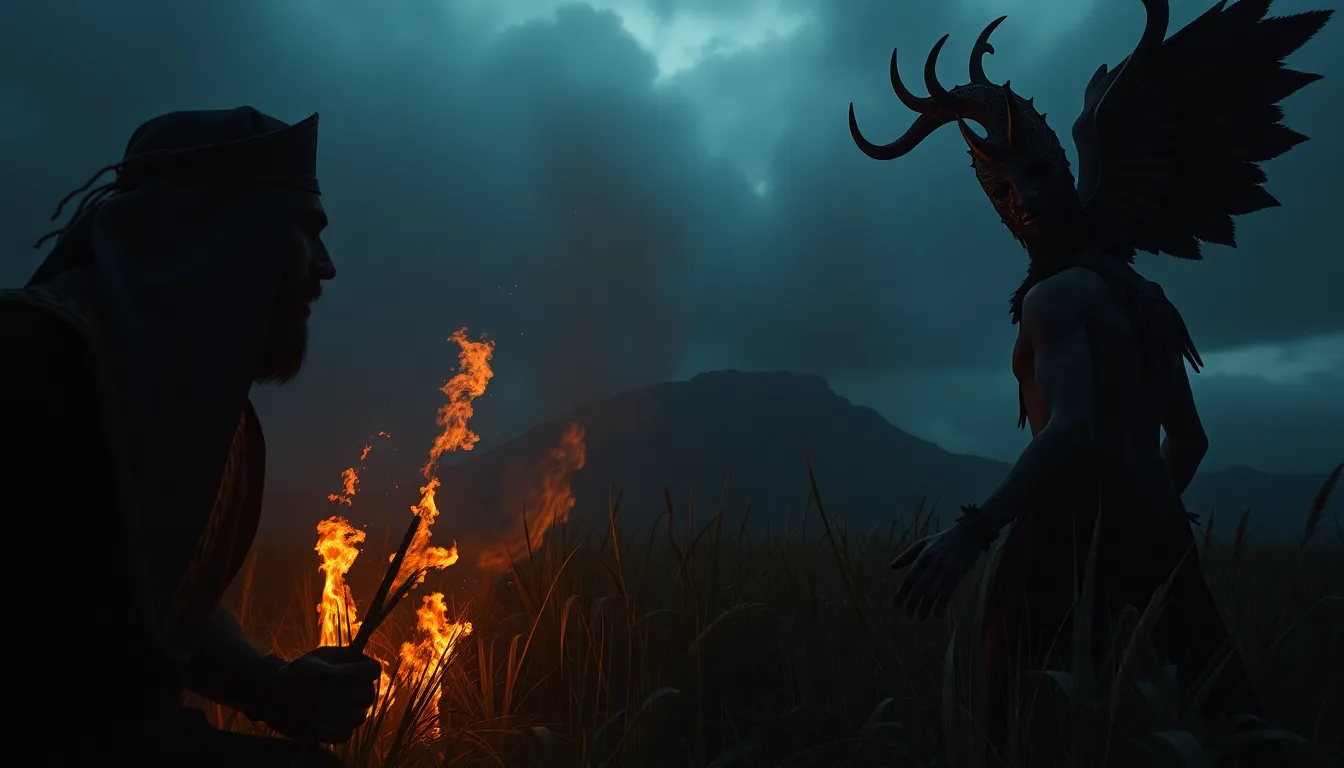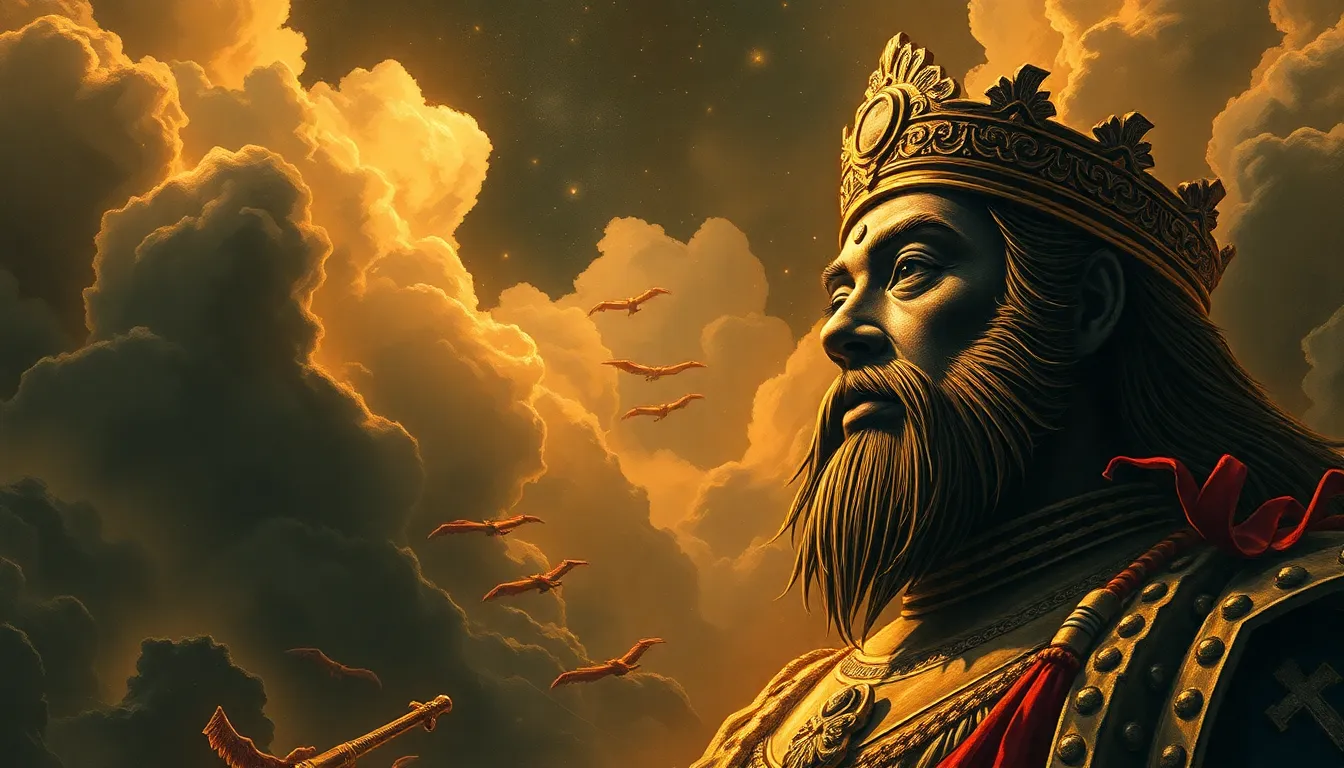Quetzalcoatl and the Lost City of Tula: The Feathered Serpent’s Connection to Ancient Cities
I. Introduction
Quetzalcoatl, one of the most revered deities in Mesoamerican mythology, represents the fusion of various cultural beliefs and practices. Known as the Feathered Serpent, Quetzalcoatl symbolizes knowledge, wind, and the morning star. His influence extends across numerous civilizations, most notably the Aztecs and the Toltecs.
Tula, the ancient city that served as the capital of the Toltec civilization, holds a significant place in Mesoamerican history. Renowned for its impressive architecture and cultural artifacts, Tula was a center of trade, politics, and religion. This article explores the connections between Quetzalcoatl and Tula, shedding light on how this deity influenced the city and its inhabitants.
II. The Legend of Quetzalcoatl
The origins of Quetzalcoatl can be traced back to the early Mesoamerican civilizations, where he was associated with creation, culture, and civilization itself. In Aztec mythology, he is depicted as a god who brought agriculture, arts, and knowledge to humanity.
Quetzalcoatl’s attributes include:
- Feathered Serpent: A combination of the bird (representing the sky) and the snake (representing the earth).
- Wind and Wisdom: Often associated with the wind and intellect, guiding humanity in their pursuits.
- Cultural Hero: A figure who teaches and elevates societies, often portrayed as a benefactor of mankind.
The symbolism of the Feathered Serpent resonates deeply within Mesoamerican culture. He is often linked to creation myths, where he plays a pivotal role in the formation of the world and mankind. His duality reflects the balance between the earthly and the divine, making him a central figure in spiritual and cultural narratives.
III. Tula: The Lost City
Tula, known as Tollan to the Toltecs, was not only a political and cultural hub but also a crucial player in the development of Mesoamerican civilization. Flourishing from around 900 to 1150 AD, Tula served as the capital of the Toltec civilization, influencing regions far beyond its borders.
Architectural features of Tula include:
- Pyramids: The impressive Pyramid of Quetzalcoatl is a testament to the city’s architectural prowess.
- Atlantes: Monumental stone figures that served both decorative and structural purposes, depicting warriors and possibly deities.
- Ball Courts: Integral to Mesoamerican culture, these courts were where the ceremonial ballgame was played, reflecting social and political dynamics.
Theories regarding the decline and eventual abandonment of Tula suggest various factors, including environmental changes, resource depletion, and social upheaval. As the city fell into decline, its cultural and political influence waned, yet its legacy persisted through the later civilizations that emerged in its wake.
IV. The Connection Between Quetzalcoatl and Tula
Archaeological evidence links Quetzalcoatl to Tula in several significant ways. Excavations have uncovered artifacts and symbols associated with the Feathered Serpent, indicating his veneration in Toltec society.
Artistic depictions of Quetzalcoatl can be found throughout Tula’s architecture and sculptures, illustrating his importance in religious practices:
- Murals and carvings featuring the Feathered Serpent.
- Statues and altars dedicated to Quetzalcoatl.
- Iconography that blends the attributes of Quetzalcoatl with local deities.
Quetzalcoatl’s myths likely influenced Toltec society, shaping their beliefs, rituals, and societal structures. The deity was not only a religious figure but also a symbol of cultural identity for the Toltecs, embodying their aspirations and values.
V. The Legacy of Quetzalcoatl in Later Mesoamerican Cultures
As the Mesoamerican civilizations evolved, so too did the perception of Quetzalcoatl. The Aztecs, in particular, adopted and adapted his myths, integrating them into their own pantheon. The significance of Quetzalcoatl continued to reverberate across various cultures:
- Aztec Adaptation: Quetzalcoatl became one of the principal gods in the Aztec religion, often associated with the wind and learning.
- Comparative Deities: Quetzalcoatl shares similarities with other Mesoamerican deities, such as Kukulkan in the Yucatan and Tezcatlipoca, showcasing the interconnectedness of these cultures.
- Contemporary Influence: The Feathered Serpent remains a powerful symbol in modern culture, representing wisdom, spirituality, and the rich heritage of Mesoamerican civilizations.
VI. The Role of Tula in Mesoamerican Trade and Politics
Tula’s strategic location made it a critical player in regional trade networks, influencing economic and political dynamics across Mesoamerica. The city served as a crossroads for trade routes connecting various cultures and regions.
During its peak, Tula was involved in:
- Trade Alliances: Establishing relationships with neighboring cities and cultures, facilitating the exchange of goods and ideas.
- Political Rivalries: Engaging in conflicts and alliances that shaped the political landscape of Mesoamerica.
- Cultural Exchanges: Interactions with other ancient cities led to a rich exchange of cultural practices, art, and religious beliefs.
VII. Modern Archaeological Discoveries and Interpretations
Recent archaeological discoveries in Tula have shed new light on the connections between Quetzalcoatl and the Toltecs. Excavations continue to reveal artifacts and structures that enhance our understanding of this fascinating civilization.
Scholarly interpretations of these findings suggest that Quetzalcoatl held a more significant role in Toltec society than previously understood, with ongoing debates regarding his influence and representation in their culture. However, challenges remain in piecing together Tula’s complex history, including:
- Interpretation of artifacts and their meanings.
- Controversies surrounding the dating of structures and events.
- Understanding the socio-political context of Tula’s decline.
VIII. Conclusion
The connections between Quetzalcoatl and Tula are profound and multifaceted, reflecting the intricate tapestry of Mesoamerican civilization. As a revered deity, Quetzalcoatl influenced the cultural, political, and religious life of the Toltec people, leaving an indelible mark on their legacy.
In reflecting on the significance of Quetzalcoatl and Tula, we gain insights into the complexities of ancient Mesoamerican societies and their enduring impact on contemporary culture and spirituality. The Feathered Serpent continues to symbolize wisdom and the interconnectedness of life, a testament to the rich heritage of the civilizations that honored him.



